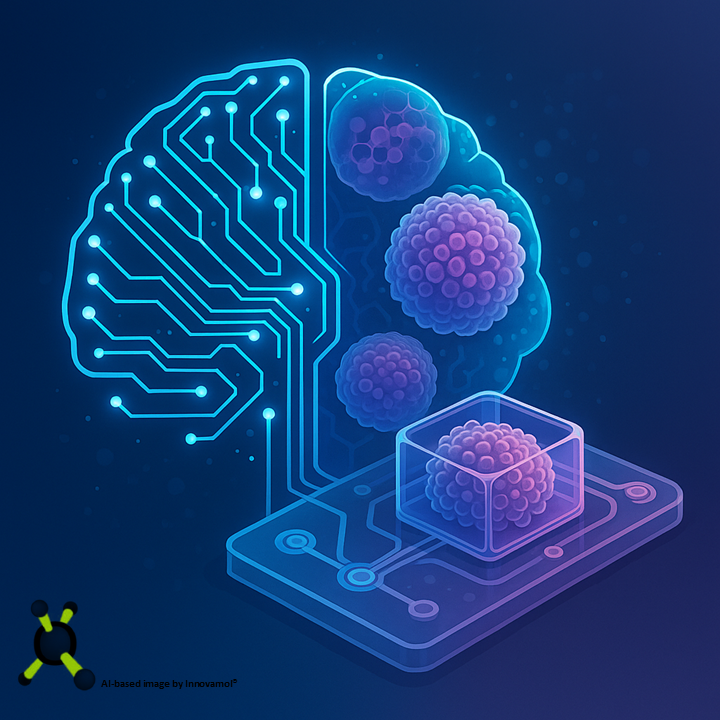Last spring, part of our team attended the JRC Summer School on Non-Animal Approaches in Science in Ispra (VA), Italy, alongside researchers and students from around the world. Throughout a week of engaging lectures and discussions, it became clear that moving beyond animal testing is not just an ethical goal, but a scientific necessity. New Approach Methodologies (NAMs) are already redefining chemical and biomedical research, often proving more relevant and reliable than traditional models. Among the key topics, the limitations of animal models emerged as a central issue, highlighting a field in transition.
Despite their long-standing role in preclinical studies, animal models often fail to predict human responses with accuracy. For example, according to the study by H. Olsen et al., 70% of human toxicities were predicted by at least one animal species (mainly dogs or rats). Non-rodent species, particularly dogs, showed a higher concordance rate (63%) compared to rodents (43%) ( Concordance of the Toxicity of Pharmaceuticals in Humans and in Animals – ScienceDirect). This is a significant gap, caused by – for instance – differences in drug absorption, distribution, metabolism, and excretion (ADME), as well as divergent developmental biology.
What most people don’t know is how many non-animal methodologies already exist, and how advanced some of them have become. These NAMs fall into three broad categories:
- ex vivo models, such as organ or skin explants;
- in vitro models, including single-cell assays, 2D and 3D cultures, organoids, and organ-on-a-chip systems;
- in silico approaches, which encompass predictive tools like Quantitative Structure-Activity Relationship (QSAR) models and Physiologically based kinetic (PBK) models (Computational Methods – European Commission)
Another important takeaway was the realisation that there may be no such thing as a single, perfect replacement for animal models. Rather than searching for a one-size-fits-all solution, the most effective approach might involve combining several different NAMs to achieve stronger, more reliable predictions. While the scientific community often still places too much confidence in animal models, it should be noted that – sometimes – they are treated as “gold standard” even when the data they produce is of limited human relevance. Aspirin offers a well-known example: it is toxic to certain animal species (Aspirin killed the cat: animal research models do not always apply to humans – PubMed) and would likely never have passed modern animal-based preclinical testing, yet it is now one of the most widely used medicines in the world. Another striking case is fialuridine, an antiviral drug considered safe in animal tests but later caused fatal liver failure in humans during a clinical trial. In fact, the toxicity, due to mitochondrial damage, went undetected in animals because of species-specific differences, exposing limitations in standard preclinical models (Toxicity of pain medications (Proceedings)).
Artificial intelligence is poised to become a transformative force in this domain. AI models hold great promise for simulating biological systems, identifying novel insights, and accelerating drug development. However, there is a fundamental caveat: the quality of an AI model depends entirely on the data it is trained on. If that data is drawn predominantly from animal studies, then those same biases and limitations will be embedded in the algorithms themselves. This highlights the urgent need to generate and use human-relevant data, so that AI can become a true enabler of next-generation science, rather than a sophisticated echo chamber of biased data.
The principles of the 3Rs—Replacement, Reduction, and Refinement—remain central to this transition. Replacement requires that animals not be used when a valid alternative is available. Reduction focuses on improving study design, optimising statistical analysis, using pilot studies, and leveraging existing data. Refinement refers to any improvement in animal welfare when their use is unavoidable, such as better housing conditions or the use of anaesthetics and analgesics. While originally conceived as a framework for ethical responsibility, these principles are now being reinterpreted through a scientific lens, as tools for better quality and more predictive research.
Innovamol team left the summer school with a renewed sense of purpose. We were genuinely surprised by the maturity, diversity, and potential of the non-animal approaches already in use across different fields. The notion that animal models are indispensable is no longer convincing, andnot because of ideology, but because of data. Thus, the real question now is not whether we can replace animals, but how quickly we are willing to embrace a better alternative. As a team, we firmly believe that NAMs represent not just a more ethical route, but a smarter, more forward-thinking approach to scientific discovery. In our view, the future of research is not about choosing between animal and non-animal methods. It’s about choosing better science. In this direction, at Innovamol, we are particularly proud to contribute in data entry and data organisation, an area that is often overlooked yet essential for achieving robust AI or ML models. Through several projects on scientific data management, especially in collaboration with European authorities such as EFSA and ECHA, we actively support initiatives that are fully consistent with the principles of the 3Rs.
“All models are wrong, but some are useful” – George E.P.Box

